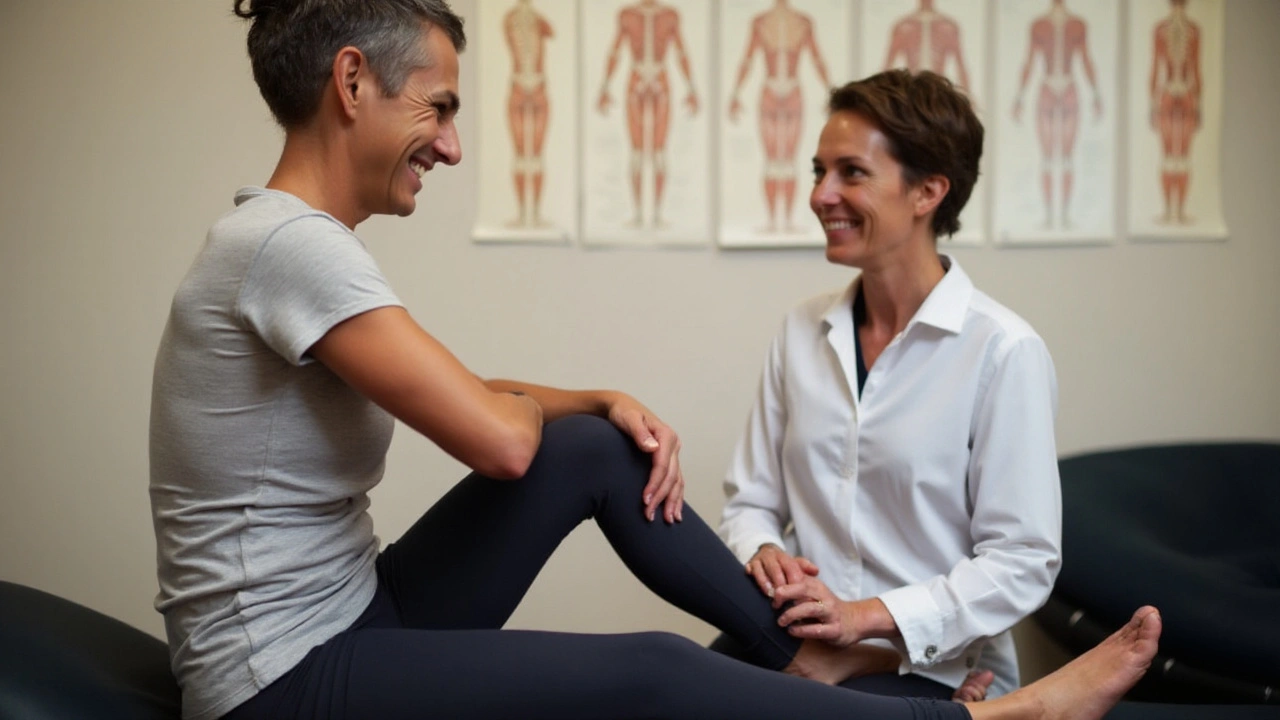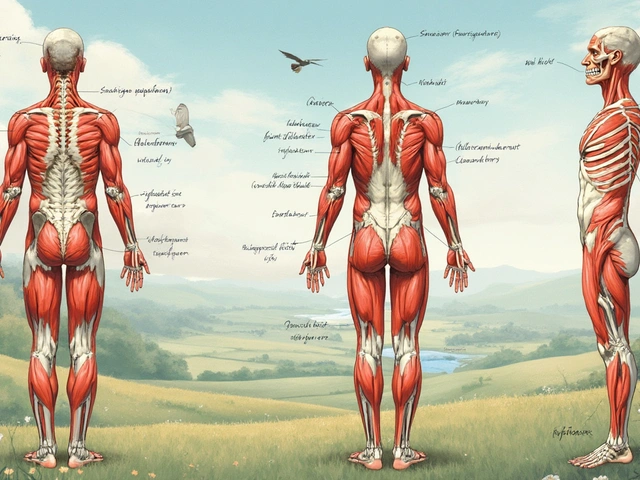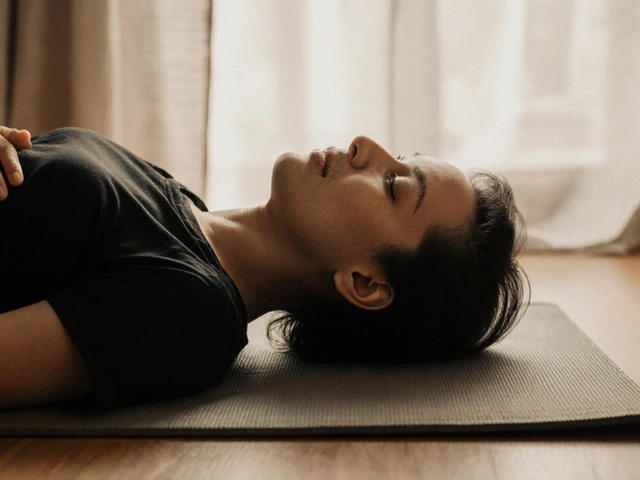Physical Therapy: Practical Guides & Massage Techniques
Physical therapy covers hands-on treatments and movement methods that ease pain, improve motion, and help you live better. On this tag you'll find clear guides on real methods—Feldenkrais, Rolfing, Ortho-Bionomy, Hellerwork, trigger point work, acupressure, palliative massage, and traditional practices like hilot or Lomi Lomi.
Want quick relief or long-term change? Some methods focus on short-term pain relief, like trigger point massage and warm stone work. Others aim to change posture and movement patterns over months—think Hellerwork or Feldenkrais. Knowing the difference helps you pick the right approach for your goal.
How to choose the right therapy
Start with one clear goal: reduce pain, regain range of motion, recover after surgery, or just relax. Check credentials—manual therapy schools, certification in a named method, and real client reviews matter more than flashy websites. Ask potential therapists about their plan for your first three sessions and whether they teach you simple at-home exercises.
Be wary of promises that sound too good: instant cures or vague claims to fix everything. Good practitioners explain what they expect to achieve, how long it might take, and what you can do between sessions. If you have a medical condition like scoliosis, a recent surgery, or severe numbness, mention it up front so they can adapt the session or advise medical clearance.
Practical tips you can use today
Try a simple routine: two minutes of gentle neck rolls, a five-minute standing hip hinge, and a 30-second self-trigger-point press on sore knots. Use heat for tight muscles before a session and ice after intense work if you get swelling. Keep a short pain log: note what hurts, when it started, and what makes it better or worse. That helps both you and your therapist track progress.
If cost is a concern, ask about group classes, community clinics, or a short self-care plan your therapist can teach you. Many therapies like acupressure and Feldenkrais offer home-friendly moves that reduce visits but keep results. For chronic issues, expect incremental gains—small wins add up.
This tag gathers articles that explain techniques, share real stories, and give step-by-step tips for recovery and maintenance. Browse posts on specific methods to match your needs—whether you want gentle, body-led healing or targeted pain work. If you're unsure where to start, pick an article about a gentle method like Ortho-Bionomy or Feldenkrais and try the at-home tips before booking longer treatments.
In a first session expect a short intake: questions about your history, a movement check, and a clear plan. The therapist should show a few hands-on tests and explain what hurts and why. You might feel sore after hands-on work; that often fades in 24 to 48 hours. If pain spikes or you develop numbness, stop and contact them.
See a doctor before hands-on therapy if you have recent fractures, active infection, unstable heart conditions, or sudden severe weakness. Also get clearance after major surgery or when you're on blood thinners. A good therapist will ask these questions and refer you back to a physician when needed.
Explore specific posts here to match your issue. Try a short article first to learn the basics, then pick one method to test for a few sessions. Keep a simple log and compare notes. Small habits between sessions are the real difference makers.
Start with gentle choices, track progress, and celebrate every small win daily.

Unlocking the Power of Cross Fibre Release Techniques
Cross fibre release is a therapeutic technique gaining popularity for its effective muscle and fascial tissue treatment. It’s known for improving flexibility, reducing pain, and promoting healing by applying precise pressure against muscle fibers. This approach can benefit athletes, office workers, and anyone with chronic muscle tension. Understanding the science behind it and practicing correctly ensures a safer and more beneficial experience.

Transform Your Health with Ortho-Bionomy Techniques
Discover how Ortho-Bionomy, a gentle and non-invasive approach, can help improve your health by relieving pain, enhancing mobility, and fostering a deeper mind-body connection. Learn practical tips and interesting facts about this unique therapy and understand how you can incorporate it into your daily routine.
Categories
- Health and Wellness (148)
- Alternative Therapies (86)
- Massage Therapy (40)
- Travel and Culture (15)
- Beauty and Skincare (9)
- Holistic Health (8)
- Health and Fitness (5)
- Spirituality (5)
- Other (2)
- Personal Development (2)
Popular Articles

Trigger Point Massage: New Hope for Pain Relief
Feb, 8 2025


